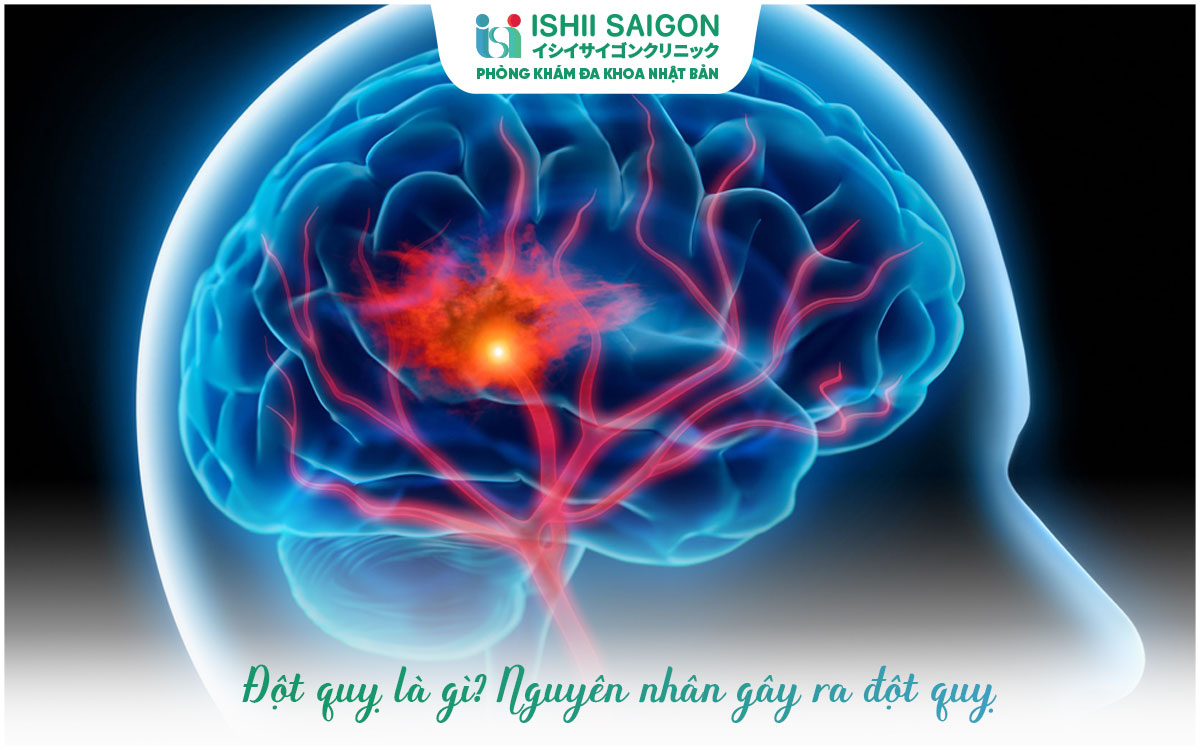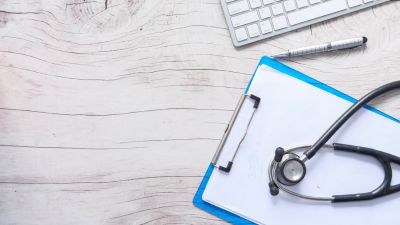
Definition and Causes of Stroke
What is a stroke?
A stroke, also known as a cerebrovascular accident, is a serious medical emergency that occurs when blood supply to the brain is interrupted or reduced, resulting in damage to brain cells. This can happen due to a blockage of blood vessels (ischemic stroke) or due to a ruptured blood vessel (hemorrhagic stroke). This condition can occur at any age, but the risk is higher in older adults and those with underlying health issues.
Common Types of Stroke
There are two main types of stroke:
I ischemic stroke: Accounting for about 87% of all stroke cases, it occurs when the blood vessels supplying blood to the brain are blocked by a blood clot or cholesterol plaque.
Hemorrhagic stroke: This occurs when a blood vessel in the brain ruptures, causing bleeding into the brain tissue. Common causes include high blood pressure and vascular issues.

Causes of stroke
Many factors can lead to a stroke, including:
High blood pressure: This is a major risk factor, as high blood pressure can damage blood vessels in the brain.
Heart disease: Heart problems such as atrial fibrillation can lead to the formation of blood clots.
Diabetes: Individuals with diabetes are at higher risk due to the disease's impact on blood vessels.
Unhealthy diet: Consuming high amounts of saturated fats, salt, and sugar can increase the risk of stroke.
Smoking and alcohol consumption: These habits can also increase the risk of stroke.
Symptoms of Stroke
Common Symptoms
A stroke can occur suddenly, and symptoms may include:
Weakness or numbness on one side of the body, especially in the face, arm, or leg.
Difficulty speaking or understanding speech.
Vision disturbances, such as blurred or lost vision.
Dizziness, loss of balance, or difficulty walking.
Severe headache with no known cause.
How to Quickly Recognize Symptoms
Một phương pháp đơn giản để nhận diện đột quỵ là sử dụng quy tắc “FAST”:
F (Face): Ask the patient to smile. If one side of the face droops, it may be a sign of a stroke.
A (Arms): Ask the patient to raise both arms. If one arm drifts downward, it is a notable sign.
S (Speech): Ask the patient to say a simple sentence. If the speech is slurred or unclear, it is a cause for concern.
T (Time): If there are any symptoms, call emergency services immediately.
The Importance of Early Detection
The Benefits of Timely Diagnosis
Early detection of stroke is crucial because:
Minimizing brain damage: Time is of the essence. Prompt treatment can save brain cells and prevent severe damage.
Improving recovery outcomes: Individuals who receive early treatment have better recovery potential and a reduced risk of long-term disability.
Reducing treatment costs: Early treatment can lower overall treatment costs and hospital stay duration.

Consequences of Delayed Detection
If a stroke is not detected and treated promptly, it can lead to:
Severe brain damage, resulting in loss of mobility or speech.
Increased risk of recurrent strokes in the future.
Increased treatment costs and burden on families and society.
Some notes
To detect and prevent strokes, it's important to pay attention to risk factors such as:
High blood pressure: Regularly check your blood pressure and treat it if necessary.
Heart disease: Monitor and treat cardiovascular issues.
Lifestyle: Maintain a healthy diet, exercise regularly, and avoid harmful habits.
How to Prevent Stroke
Some preventive measures for stroke include:
Healthy diet: Eat plenty of vegetables, fruits, and foods rich in omega-3.
Regular exercise: Maintaining an active lifestyle helps improve cardiovascular health.
Stress management: Practice stress-reduction techniques such as yoga or meditation.
Regular health check-ups: Assess overall health and risk factors.
Frequently Asked Questions
Who is at high risk of stroke?
High-risk individuals include:
Older adults (over 65 years old).
Individuals with a family history of stroke.
People with underlying conditions such as high blood pressure, diabetes, or heart disease.
How to check for health related to stroke?
You can check for health related to stroke through the following methods:
Blood pressure check: Regularly measure blood pressure to detect issues early.
Carotid artery ultrasound: Assess the condition of the arteries supplying blood to the brain.
Blood tests: Check cholesterol, blood sugar, and other indicators to assess risk.
Imaging diagnosis: MRI, CT scans, etc.
Conclusion
Early detection of stroke is essential for protecting everyone’s health, regardless of age. Understanding the symptoms, causes, and risk factors will help individuals identify and act promptly when necessary. Maintain a healthy lifestyle and regularly check your health to reduce the risk of stroke and ensure a healthier life.






